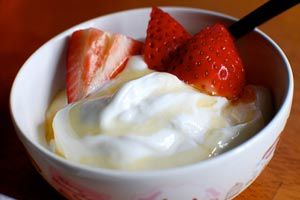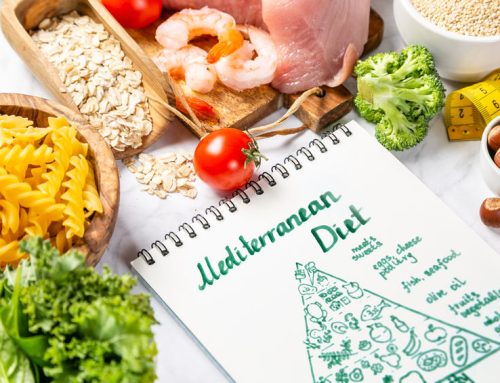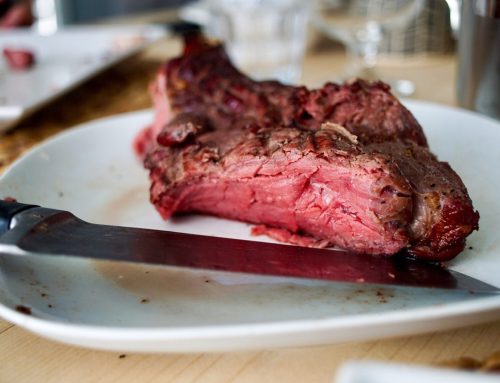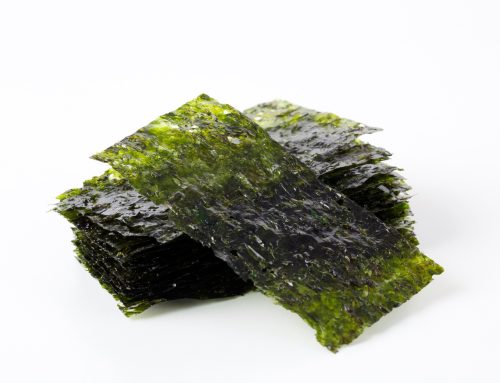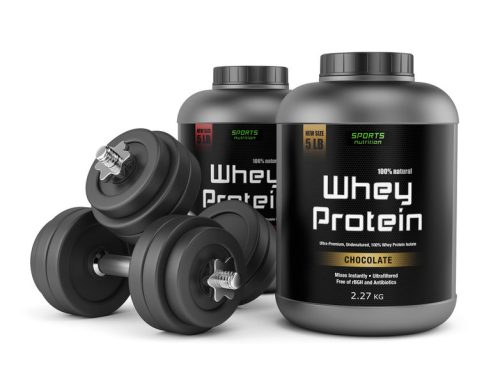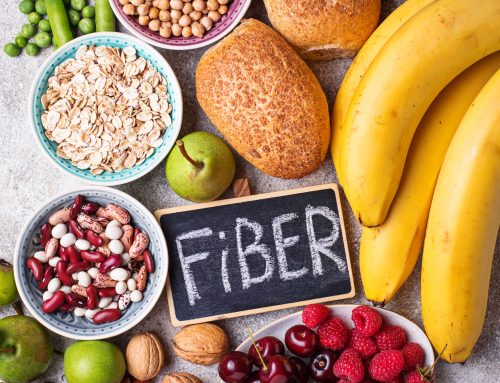What are some foods that help you feel full?
Appetite-suppressant medications are popular these days, but certain foods can also help you feel full and suppress your appetite, namely those rich in protein or fiber.
Feeling full and satisfied yet not overeating is important for overall health including weight management, energy, and focus. Low-calorie satiating foods can help achieve this.
It’s important to note that low-calorie foods are not a magic bullet for appetite regulation and weight loss. Appetite and weight management are complex and involve numerous factors like activity and stress levels, sleep, hormones, and medical conditions.
Nonetheless, incorporating foods that help you feel full is beneficial for weight management and overall health. Overeating can lead to conditions like diabetes, high blood pressure, and indigestion.
These low-calorie foods are filling and support overall health, due to their nutrient density.
Foods That Help You Feel Full
Greek Yogurt
Non-fat plain Greek yogurt is a high-protein food that provides only 92 calories in a 156-gram (5.5 ounces) container.
Protein exhibits higher satiating power compared to carbohydrates and fat, according to research. Several mechanisms contribute to this, one being the presence of amino acids (the building blocks of protein) in the digestive tract activates the release of the satiating hormone cholecystokinin, resulting in feelings of fullness.
Additionally, the gut responds to the presence of amino acids by releasing glucagon-like peptide 1 (GLP-1) and peptide tyrosine tyrosine (PYY)—hormones that suppress appetite.
Greek yogurt also provides an array of vitamins and minerals, among them calcium, which mediates hormone secretion and is believed to enhance satiety by increasing PYY concentrations.
Cottage Cheese
Similar to Greek yogurt, cottage cheese is packed with protein, calcium, and other nutrients.
Cottage cheese has been shown to help with feeling full, according to a small study. Low-fat cottage cheese supplies 82 calories in a 100-gram (3.5 ounces) serving.
Fish
Animal-based foods in general offer protein and fish is no exception. Some fish like tuna and salmon, are also high in heart-healthy omega-3 fatty acids.
A 100-gram portion of haddock and canned light tuna in water provides 69 and 85 calories, respectively, while the same serving size of wild Atlantic salmon supplies 142 calories.
Some studies suggest that protein from fish has a higher satiating effect than other protein sources.
Meat and Poultry
Meat and poultry can be part of a low-calorie eating plan and help you feel full. They’re especially protein-rich and offer other nutrients like B vitamins, iron, and zinc.
The key to keeping meat and poultry low-calorie is to choose leaner varieties, trim fat, and avoid frying. Leaner varieties like lean round beef roast provide 116 calories in a 100-gram serving while the same portion size of skinless chicken breast offers 120 calories.
Eggs
Egg protein confers various health benefits including supporting skeletal muscle health and acting as a natural appetite suppressant.
Studies show that eating eggs for breakfast can help you eat less throughout the day and reduce levels of the hunger hormone, ghrelin.
Eggs are also packed with essential nutrients like vitamin B12, vitamin D, and carotenoids. One large egg provides 71.9 calories.
Legumes
Legumes, such as beans, peas, and lentils, are a good source of protein, fiber, and many vitamins and minerals like folate and magnesium. They tend to contain more fiber than fruits and vegetables.
• Fiber-rich foods are typically low in calories and have many health benefits, including supporting gut health, lowering cholesterol, and keeping you full.
• Fiber slows down the speed at which food travels from the stomach to the rest of the digestive tract, thus keeping you full longer.
100-gram portions of canned pinto beans and cooked lentils provide 114 and 116 calories, respectively.
Oats
Oats are another low-calorie, nutritious, and fiber-rich food that can help keep you full. Apart from their heart and digestive health benefits, oats have been shown to help with blood sugar control, weight management, and appetite regulation.
Beta-glucan, a type of fiber found in oats, can act as a natural appetite suppressant by enhancing satiety and affecting the hormones that decrease appetite. One packet (28 grams) of plain dry instant oats provides 101 calories.
Vegetables
It’s not surprising vegetables are one of the lowest calorie foods you can eat. They’re also packed with fiber, nutrients, and antioxidants. Additionally, research shows that a diet rich in vegetables and fruits can help reduce the risk of chronic diseases and certain types of cancer.
Vegetables are very low-calorie by volume or weight because they are high in water and fiber, which keep you feeling full without adding many calories. For example, one cup of raw spinach and a half cup of cucumber provides 6.9 and 15 calories, respectively.
It’s also important to note that certain vegetables, particularly harder ones like broccoli, carrots, and celery, take more time to chew. Some research suggests that prolonged chewing can reduce hunger and food intake, possibly due to changes in gut hormone responses related to satiety.
Fruits
Like vegetables, fruits are also nutrient-rich, low-calorie, and filling due to their fiber and water content. Additionally, fruits can satisfy a sweet tooth craving and naturally sweeten other foods, such as yogurt, smoothies, and cereals, without adding too many extra calories.
• One medium apple offers 94.6 calories,
• One cup of strawberries provides 46.1 calories.
• Watermelons are especially high in water content, with one cup of diced watermelon providing 45.2 calories.
Although not as low-calorie as other fruits, avocado deserves to be mentioned as it’s also filling due to its high fiber and healthy fat content. A study showed that replacing carbs in a high-carb meal with avocado increases satiety, primarily through increasing PYY—an appetite-suppressing hormone. One whole avocado supplies 322 calories so it’s important to consider the portion if you’re watching calories.
Chili Pepper
Used as a flavoring spice in cultures worldwide, chili pepper contains more than 200 components that play multiple roles in the body.
Capsaicin is a major component that’s rich in antioxidants and gives chili pepper its fiery kick. Among its beneficial roles, capsaicin has been observed to potentially increase feelings of fullness and act as a natural appetite suppressant, according to research.
The spiciness in chili pepper elevates the flavor profile of meals it’s added to without adding too many calories. One red hot chili pepper provides just 18 calories.
Click here to read more about foods that help you feel full.


